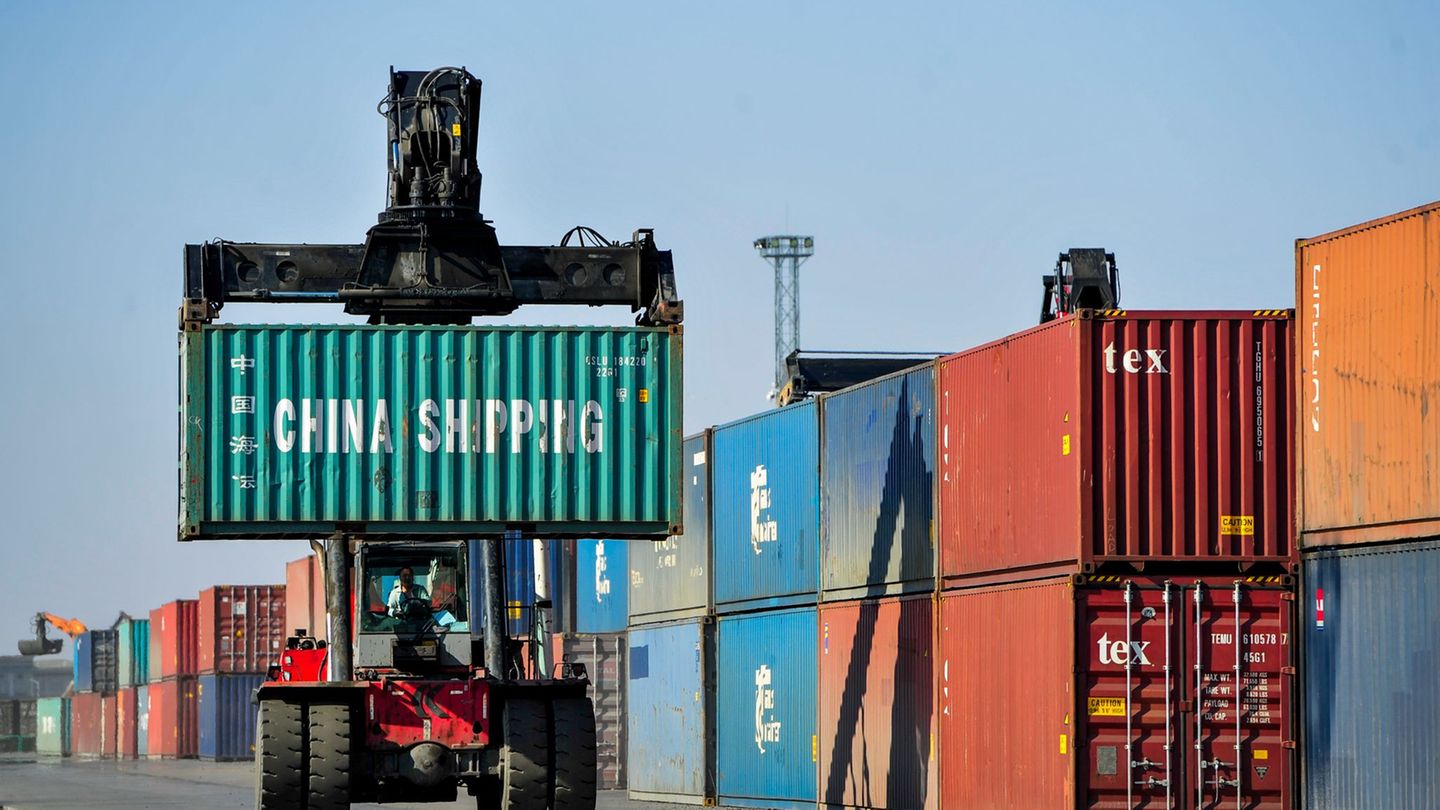The international community is going through great challenges that challenge the public and private sectors of both developed and developing nations. The climate and food crises affect the poorest nations that find themselves with severe financial difficulties in order to expand their public policies in pursuit of improving the environment and reduce the gap in social inequality. At the same time, the levels of external indebtedness of the countries of the United Nations have reached record levels, putting the sustainability and sovereignty of their Central Banks at risk.
One of the tools that the UN has to outline strategies and guidelines in matters of analysis of international trade is the United Nations Conference on Trade and Development– UNTACD in its acronym in English – where it accompanies developing nations to face the possible drawbacks of greater economic integration. Let us remember that Argentina and MERCOSUR delayed several free trade agreements, among the most relevant the MERCOSUR-EUROPEAN UNION agreement, due to the analysis of risk and opportunities for the productive sectors of each relevant block.
On May 8 and 9 at the UNTACD headquarters-Geneva, Switzerland- the UN Trade Forum to take stock of the trade policies that are best suited to the challenges facing the international community. Discussions focused on approaches to resilient trading systems, particularly in developing countries, where trade-related “high-impact initiatives” to respond to global challenges and accelerate progress towards the Sustainable Development Agenda were explored. .
One of the topics discussed was the South-South trade association to accelerate the achievement of the SDGs. Let us remember that since 1988 the Global System of Trade Preferences among Developing Countrieswhich aims to strengthen these nations through preferential tariff reductions.
There, the assistant secretary of UNCTAD, Pedro Nahuel Moreno, highlighted that the 42 members of the GSTP from Africa, Asia, and Latin America are home to 4,000 million people and represent a combined market of 16 trillion dollars, around 20% of the world merchandise imports. Here both Argentina and Brazil make a great contribution to the flow of world trade, both are major exporters of commodities such as corn, soybeans, wheat and sunflower. But at the same time, by decision of the governments in power, added value began to be added to these goods to increase the development of their manufacturing industry.
The great challenge for both nations is to value SDG 8 “Economic growth and decent work”. Today there is economic growth given the context of rising prices of some of the commodities, but in terms of purchasing power of wages it is not reflected in the private sector.
SDG target 8.3 calls for “promoting development-oriented policies that support productive activities, the creation of decent jobs, entrepreneurship, creativity and innovation, and encourage the formalization and growth of micro, small and medium-sized enterprises, including through access to financial services.
Economic growth and the increase in foreign direct investment must be aimed at improving profitability and salary purchasing power in both Argentina and Brazil. For this, political-business agreements must be established to improve productivity and at the same time manage to reduce inequality and poverty, improving the quality of life of private employees.
Source: Ambito
David William is a talented author who has made a name for himself in the world of writing. He is a professional author who writes on a wide range of topics, from general interest to opinion news. David is currently working as a writer at 24 hours worlds where he brings his unique perspective and in-depth research to his articles, making them both informative and engaging.




